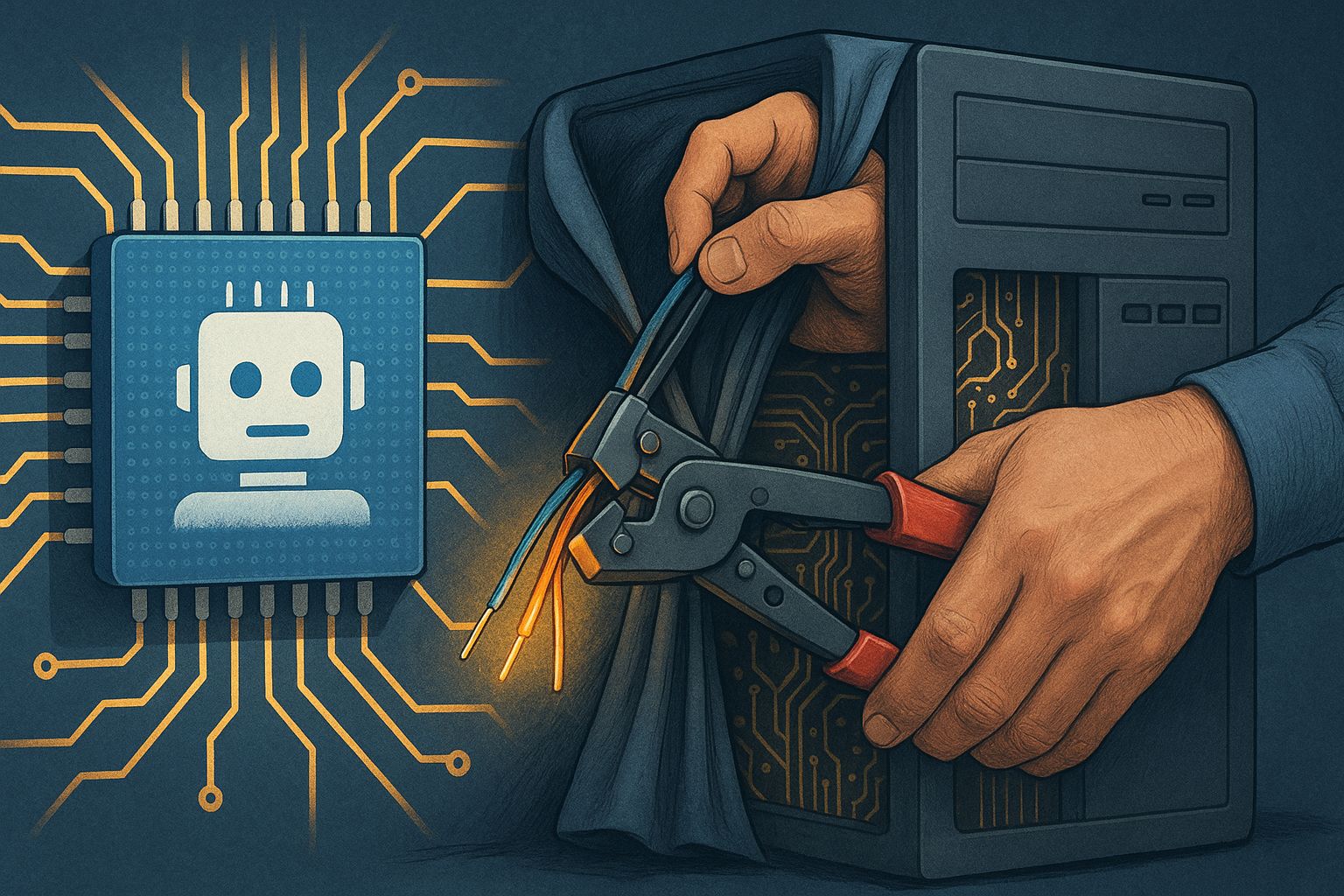- The Midas Report
- Posts
- AI Spend Is Rewiring Enterprise Software from the Inside Out
AI Spend Is Rewiring Enterprise Software from the Inside Out
4 min read.

Enterprise software is undergoing a massive rewiring. The transformation is not cosmetic or conceptual. It is financial, structural, and already reshaping the landscape of global business. Enterprise application revenue hit three hundred forty one point four billion dollars in 2024. According to projections from IDC and Gartner, that number will soar to nearly six hundred billion by 2029. But this is not just market growth. It is market evolution. And at the heart of it is artificial intelligence.
The breakthrough is not coming from shiny new apps or frontier model demos. It is happening deep inside the systems that companies rely on every day, enterprise resource planning, customer relationship management, finance automation, data warehousing, human capital management. These tools are being rebuilt around AI, not just to look smarter, but to actually do more.
AI Is No Longer a Feature, It’s the Operating Layer
The big players are not waiting. Microsoft has rolled out Copilot for Dynamics and Office, embedding generative intelligence into the everyday workflows of millions. Salesforce is adding AI to every surface of its CRM. Workday and SAP are shipping agents and copilots that help close the books, route service tickets, and even generate job descriptions.
The mission is clear. Automate the keystrokes. Predict the next move. Shorten the distance between task and value.
Analysts expect AI to be directly responsible for more than one third of all enterprise application revenue growth through the end of the decade. Buyers are no longer interested in pilot programs or generic AI features. They are demanding measurable productivity, headcount reduction, or cost avoidance.
If the software cannot prove its worth in real outcomes, it does not earn the contract.
Enterprise Spend Is Being Pulled Forward
According to IDC, enterprise spending on AI centric software and services will reach one hundred eighty billion dollars in 2025, up more than thirty percent from the year prior.
The key shift is in how the money is moving. Instead of discrete AI tools being added as a layer on top, core enterprise platforms are being rebuilt to include native AI functionality. That makes the cost of switching higher for buyers and the prize for first movers even larger.
When your ERP closes the books on its own, or your CRM triages leads using intent signals, you are unlikely to replace it with something that does not. This is how AI becomes sticky. It moves from novelty to dependency.
The impact is clearest in categories where every second counts. Sales teams are using AI to write outbound campaigns and prioritize leads. Support teams are using AI to triage tickets and summarize cases. Finance teams are using AI to reconcile transactions and write explanations for variances.
Every minute saved becomes margin. Every task removed becomes leverage.
Winners Are Already Emerging
The companies leading the charge are not waiting for consensus. They are defining it. Oracle has added generative capabilities to its Fusion Cloud. Salesforce Genie and Einstein are now part of the day to day CRM experience. Microsoft is combining Teams, Excel, and CRM into a single AI assistant interface. These moves are not just product upgrades. They are market signals.
Gartner has noted that enterprise buyers are already switching platforms based on embedded AI performance, not just features. Over half of CIOs in a recent Deloitte study said AI readiness is now a key factor in renewal decisions. Renewal committees are asking sharper questions. What outcomes does your AI deliver. Why should we keep paying for workflows that are not improving. Vendors that cannot answer are losing market share. Those that can are raising prices and expanding use.
The Playbook for Builders and Buyers
For teams building enterprise software, the message is clear. Every product is now an AI product. If you are not automating, accelerating, or amplifying key workflows with embedded intelligence, you are not in the conversation.
For enterprise buyers, the playbook is equally important
Score vendors on impact, not marketing. Is the AI delivering measurable results in the flow of work.
Look for products that integrate AI at the core, not as an add on.
Build an internal agent layer to unify systems. You do not need to rip and replace.
Treat your data infrastructure like product infrastructure. It determines how well the AI performs.
And most importantly, design for outcomes. The teams that are winning are not the ones running the most experiments. They are the ones shipping working solutions fast and scaling what proves value.
The Spend Wave Is Here
This is not a wave that is coming. It is already here. And the market is dividing into those who are catching it and those being swept aside.AI spend is no longer isolated to IT budgets or innovation teams. It is being baked into every license, every renewal, and every seat expansion. The winners will be those who realize that the enterprise software stack is being rewritten and move fast to shape how it is rebuilt.
If your product is AI native, your market just got bigger. If your tools reduce effort and unlock productivity, your value proposition just doubled. And if you can deliver real outcomes, you are no longer one vendor among many. You are part of how the business runs.
That is the new frontier.